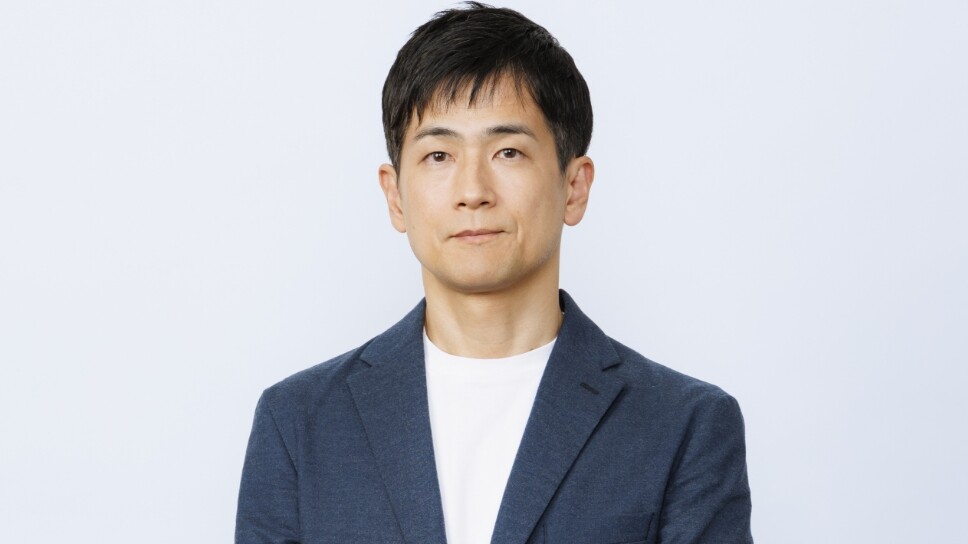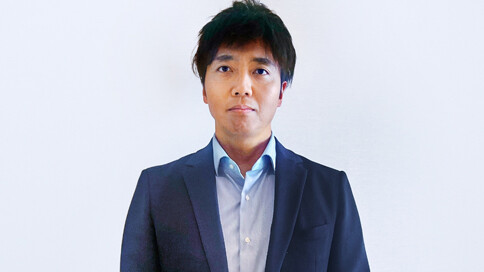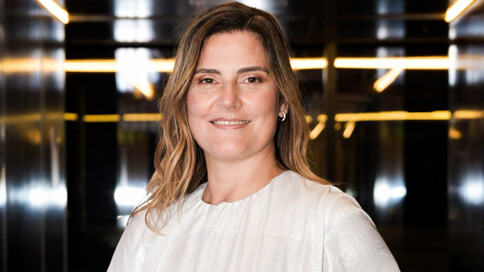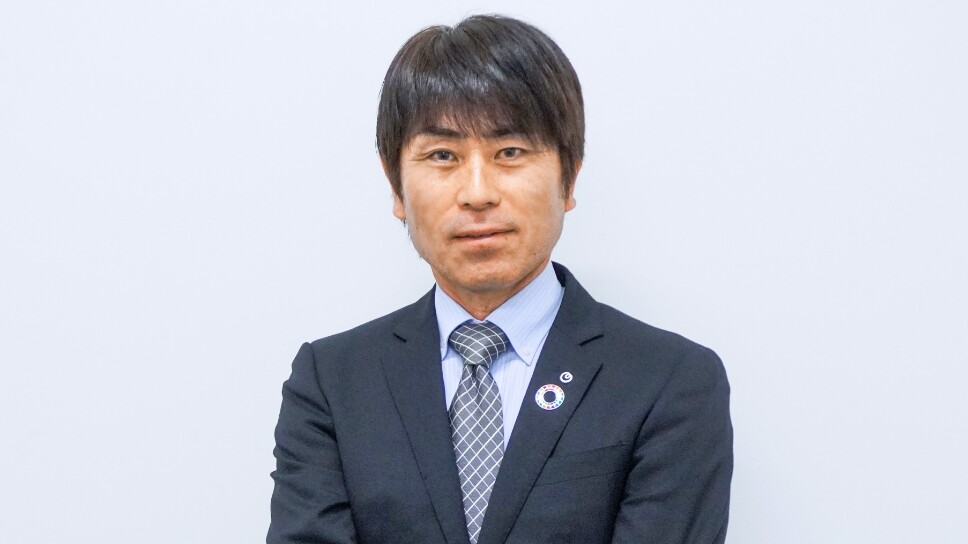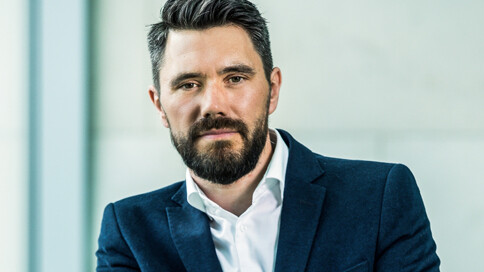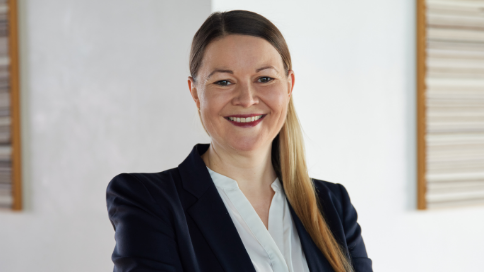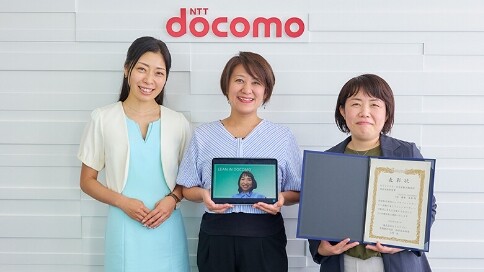Microsoft ends support for Internet Explorer on June 16, 2022.
We recommend using one of the browsers listed below.
- Microsoft Edge(Latest version)
- Mozilla Firefox(Latest version)
- Google Chrome(Latest version)
- Apple Safari(Latest version)
Please contact your browser provider for download and installation instructions.
NTT's Sustainability Efforts
Bringing people together to create the world's first IOWN-era optical encryption technology
NTT Social Informatics Laboratories(At the time of interview)
Junko Takahashi

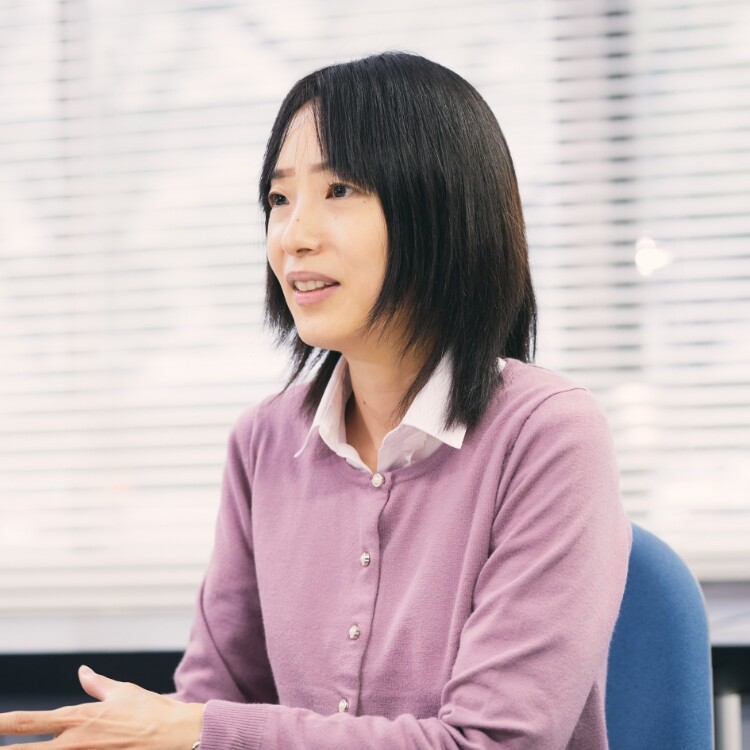
The unprecedented challenge of optical cryptography technology
The Innovative Optical & Wireless Network (IOWN) concept is using advanced optical technology to create a prosperous society. With IOWN, by achieving an "All-Photonics Network" which is completely based on optics (photonics) from the communications network up to terminal devices, it is thought that transmission with overwhelmingly low power consumption, that is high quality and high capacity with low latency, which is difficult with current electronic-based technology, can be realized.
"In addition to realizing low power consumption due to IOWN being optics based, we are also working to reduce the end-to-end latency to one two-hundredth. By doing so we should be able to enhance the accuracy of self-driving and remote surgery, and areas that had been regarded as services of the future will become more common. This means 6G and beyond." (comment from Junko Takahashi also follows below)
However, as we work to replace everything with optical technology, encrypting communications with optics was considered to be difficult for a long time. Ms. Takahashi, who has been involved in security research for over 15 years, focused on this area.
"Whether it is electronic or optical, encryption technology is essential to secure communications. However, I thought that if the cryptographic operation part remained as an electronic circuit, this would become a bottleneck. Since we were trying to achieve 'all-photonics,' of course the cryptography needed to be optical as well."

Since encryption is basically performed by digital operations, it was generally considered to be incompatible with optics, which have analogue properties. Because of this, no one had ever tried to implement an optical cryptographic circuit. Ms. Takahashi dared to take on the challenge.
"There was thought to be a large gap between digital and analog, and it was an area where not much research had been conducted. But, nothing goes forward unless you fill that gap. So I decided to try thinking of a method for realizing complex digital operations with optics."
Approaching others to give shape to an idea

Thus far, when Ms. Takahashi had a research idea, she would write a research paper and present it to an academic conference, thereby gathering research peers who were interested in working with her.
"I'm the kind of person who takes action before contemplating things deeply. Sometimes I wonder if that's a good thing as a researcher (Lol)."
For an automotive security related project that she worked on about three years ago, Ms. Takahashi went to Germany to present her research. An automotive-related company there expressed an interest in her research, and she began conducting joint research with the company. Today, this has led to the rollout of actual business with NTT Group companies.
"It's like a small startup. I invite others, saying, 'this is something that doesn't exist in the world yet, so let's try to create a world first,' and gather people who will lend their skills. Even if I try to proceed only in my area of expertise, there is usually not enough interest, so I try to explain how we can build a Win-Win relationship while sharing the aims of the other party as much as possible."
Moved by seeing an optical circuit in action
Not all of the research ideas that she comes up with are realized.
For this research on "cryptographic circuits with optical technology," Ms. Takahashi says people looked at her half in doubt for the first six months or so, wondering, "is such a thing even possible?"
However, once she began visiting the Atsugi Research and Development Center, a different location than her normal research lab, and talked to the team working on optical devices about her idea, more and more people showed interest in the project.
After compiling ideas from the other researchers and gradually solidifying the outline of the research, in November 2021, they released a study titled "Cryptographic circuit technology composed of optical logic gates" in the NTT Technical Journal. Then, in September 2022, a prototype of an optical circuit was finally completed, and the team succeeded in moving a part of the cryptographic function.
"When verifying whether it worked, I was told in advance that 'it might not work well due to chip manufacturing problems,' but with an infrared camera we were able to capture images of the optical circuit moving. This was the moment in which we became the first in the world to compute a cryptographic function using an optical circuit. I was truly moved by the experience."
Overcoming a mountain of issues & outer space
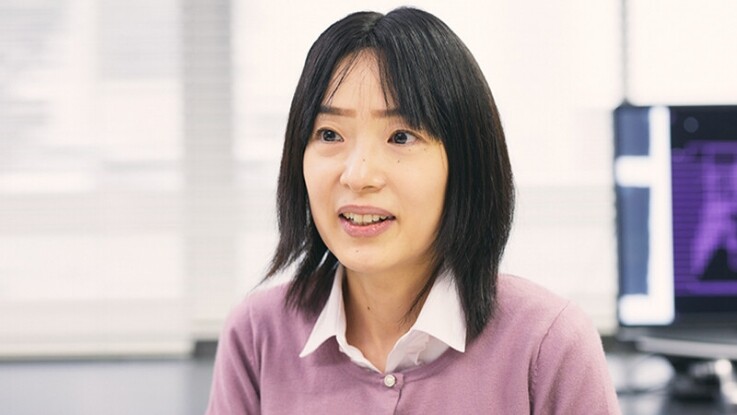
The optical circuit that Ms. Takahashi's team created still partially uses electricity, but in the future they hope to implement a circuit system and create an optical circuit that does not use electricity at all and is operable with light only.
"That part is quite difficult. Now that we are implementing digital operations for cryptography using light, we are beginning to think about making our own unprecedented cryptographic algorithms that really leverage the analog nature of light."
The dilemma is that applied research cannot proceed because the research on optical computing elements is still in the process of development. Despite this, enormous developments in research on cryptography using optical technology are anticipated.
"Eventually, we think the developed optical circuit could be installed in satellites to operate cryptographic circuits in space. An initiative supporting computing environments in outer space, known as IOWN Space Computing, is currently underway. Our primary goal is to operate the optical circuits that we have developed in that cryptographic area. I hope we will be able to achieve this in about 10 years."
Research cannot be done alone - "We" as part of a team
For Ms. Takahashi, while the theme of security is present in both this optical circuit project and the automotive project she worked on previously, the application fields are completely unknown. That is why she says this is something she definitely could not do on her own.
"People may think that researchers make advancements in their own specialized areas, but I tend to combine the expertise of various people for a single project. Even in this project, I never made a circuit myself. Many people are involved, such as people who design circuits or implement them. By having people with various fields of expertise demonstrate their strengths to each other, we are able to give shape to our research.
Working with people who specialize in fields that are unknown to me is a genuine pleasure. While there may be differences in values and opinions often conflict, these are people who broaden my outlook since I was holed up in the world of cryptography and security. I think of all of these people as "We," and I also think I am a part of it."
Sustainability
NTT STORY
WEB media that thinks about the future with NTT



